Collection: Orchids
Collapsible content
Read about Orchids
Orchids are among the most species-rich plants in existence with over 28,000 species.
Orchids are now common indoor houseplants in Sweden. The bridal orchid ' Phalaenopsis' is perhaps the variety we most associate with these flowers. However, there is an incredible diversity among orchids. Whether you want an easy-to-care-for flower or an unusual, exclusive orchid species, there is a variety for everyone.
Orchids should not be grown in ordinary potting soil. The plant's roots are thick and often produce chlorophyll. The flower therefore needs to be planted in a very porous soil mixture. Some people grow orchids in only orchid bark, while others in a special orchid soil.
Some examples of varieties.
Vanilla orchid idea.
Getting fruit on an orchid may sound strange. The vanilla bean we use to flavor sweets actually comes from an orchid called Vanilla planifolia!
Oncidium.
Oncidiums are epiphytes, meaning that they grow on other plants. There are fragrant varieties and also those with unscented flowers. What is common among oncidiums is their beautiful, colorful flowers, which are often yellow.
Dendrobium.
This orchid is also an epiphyte. This variety is very hardy and grows naturally on top of rocks and branches with the roots rarely in soil. They therefore need a very porous soil mix and special orchid pots.
Paphiopedilum.
Also known as paph in our circles, this orchid is so beautiful and popular that it has been plundered from the wild where many species are now endangered.
Brassia.
This orchid has flowers that resemble spiders. Brassia is also called 'spider orchid' and tries to trick wasps into attacking its flowers. The wasp thinks the flower is a spider and in the attack pollinates the orchid.
-
Vanilla orchid 'Vanilla planifolia' plant
4.8 / 5.0
(5) 5 total reviews
Regular price 599 SEKRegular priceUnit price / per -

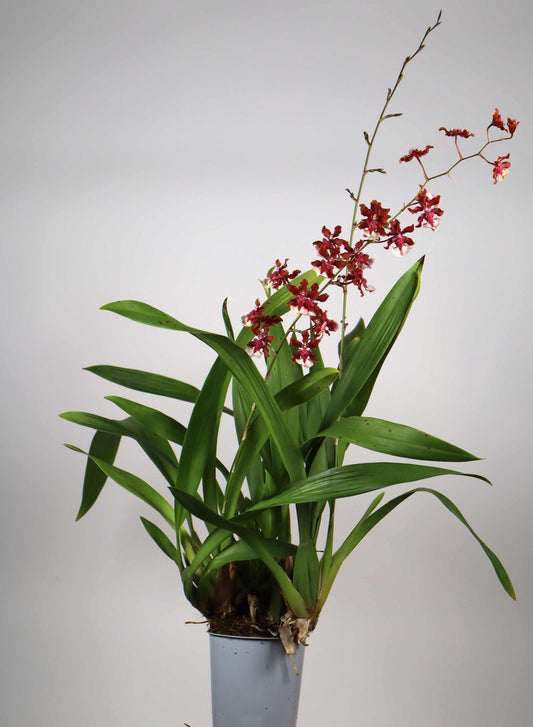 Sold out
Sold outOncidium 'Sharry Baby'
Regular price 179 SEKRegular priceUnit price / per -
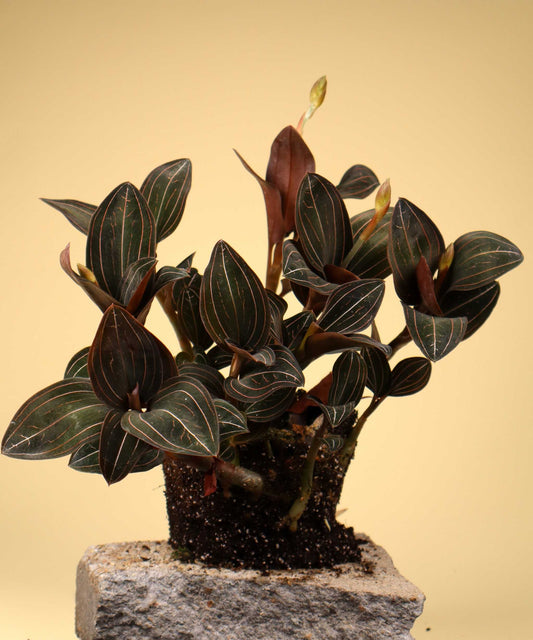
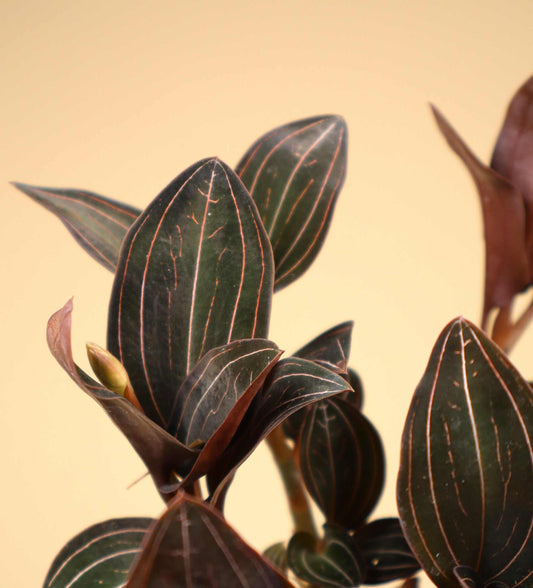 Sold out
Sold outLudisia discolor 'Jewel Orchid'
3.0 / 5.0
(1) 1 total reviews
Regular price From 99 SEKRegular priceUnit price / per -

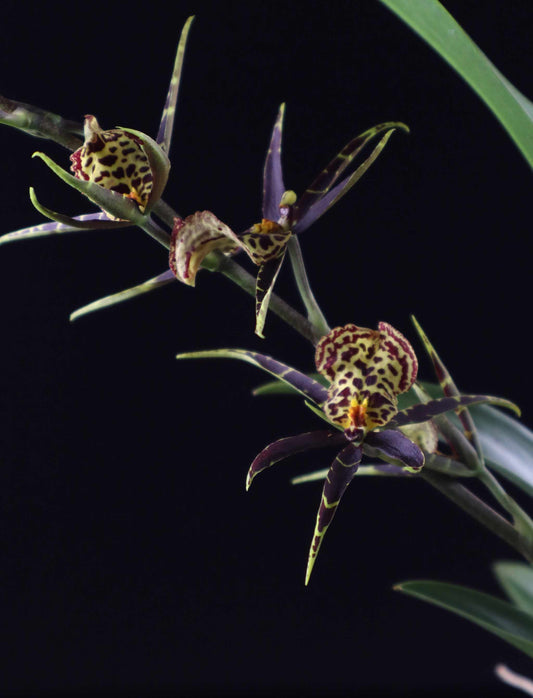 Sold out
Sold outBrassia Orchid
Regular price 179 SEKRegular priceUnit price / per -

 Sold out
Sold outOncidium Orchid
5.0 / 5.0
(1) 1 total reviews
Regular price 179 SEKRegular priceUnit price / per -
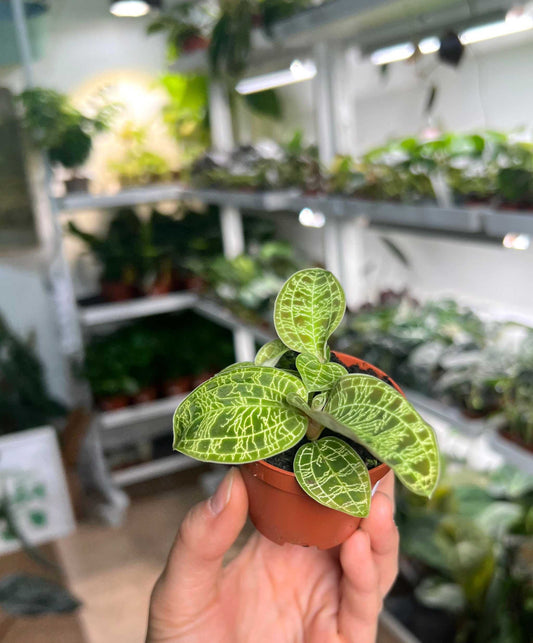
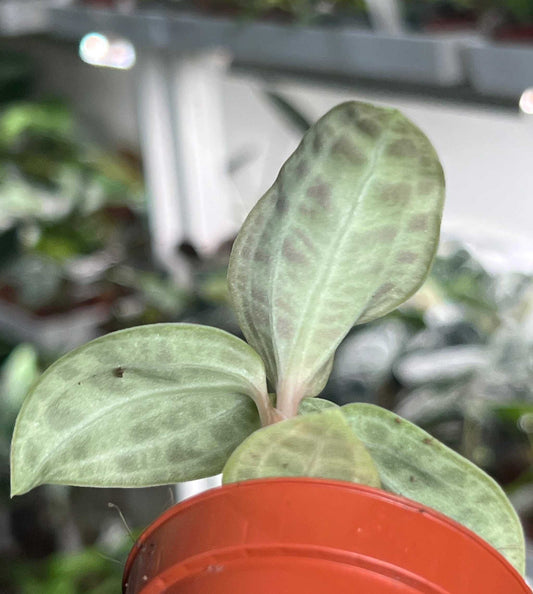 Sold out
Sold outMacodes petola 'jewel orchid'
5.0 / 5.0
(2) 2 total reviews
Regular price 169 SEKRegular priceUnit price / per -

 Sold out
Sold outZygopetalum Orchid
5.0 / 5.0
(2) 2 total reviews
Regular price 179 SEKRegular priceUnit price / per -

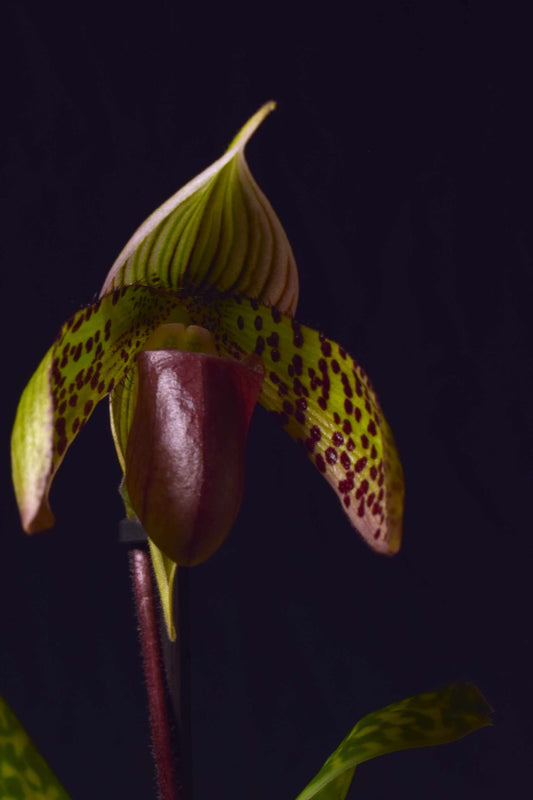 Sold out
Sold outPaphiopedilum Sukhakulii
5.0 / 5.0
(1) 1 total reviews
Regular price 259 SEKRegular priceUnit price / per -
Sold out
Mystery plant Small
4.62 / 5.0
(13) 13 total reviews
Regular price 99 SEKRegular priceUnit price / per -
Sold out
Mystery Plant Large
4.88 / 5.0
(8) 8 total reviews
Regular price 249 SEKRegular priceUnit price / per
















